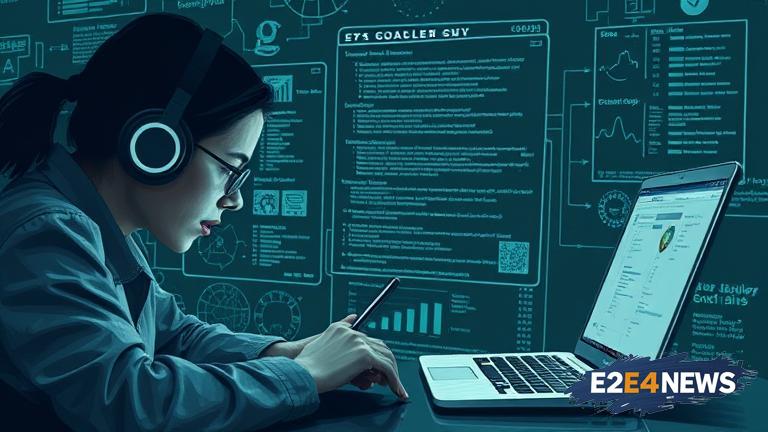The art of cheating in exams has undergone a significant transformation in recent years, thanks to the advent of technology. What was once a simple and crude process has now become a sophisticated and complex phenomenon. With the rise of smartphones, social media, and other digital tools, students have found new and innovative ways to cheat in exams. From using hidden earpieces and smartwatches to accessing online resources and collaborating with others through social media, the methods of cheating have become increasingly sophisticated. Moreover, the use of technology has also made it easier for students to share and access cheating materials, such as leaked exam questions and answers. This has created a thriving black market for cheating materials, with many students willing to pay top dollar for the latest and most effective cheating tools. As a result, educators are facing an uphill battle in their efforts to prevent cheating and maintain the integrity of the exam process. Despite the challenges, many educators are fighting back, using their own technology and innovative methods to detect and prevent cheating. From using AI-powered proctoring tools to monitoring student behavior and activity during exams, educators are leaving no stone unturned in their efforts to prevent cheating. However, the cat-and-mouse game between educators and cheaters continues, with each side trying to outsmart the other. The consequences of cheating are severe, with many students facing expulsion, fines, and other penalties if caught. Moreover, cheating can also have long-term consequences, such as undermining the value of degrees and diplomas, and damaging the reputation of educational institutions. Furthermore, cheating can also perpetuate a culture of dishonesty and corruption, where students feel that they need to cheat to succeed. To combat this, educators and policymakers must work together to create a culture of integrity and honesty, where students feel that they can succeed without cheating. This can involve implementing stricter penalties for cheating, as well as providing students with the support and resources they need to succeed without cheating. Additionally, educators must also stay ahead of the curve, using the latest technology and methods to detect and prevent cheating. By working together, we can create a fair and honest exam process, where students can succeed based on their own merits and abilities. The issue of cheating in exams is a complex and multifaceted one, requiring a comprehensive and nuanced approach. It is not just a matter of catching cheaters, but also of creating a culture of integrity and honesty. By promoting a culture of fairness and honesty, we can help to prevent cheating and ensure that students succeed based on their own abilities. Moreover, we must also recognize that cheating is not just a problem for educators, but also for society as a whole. When students cheat, they are not just cheating themselves, but also their fellow students, their teachers, and their community. By working together, we can create a society that values honesty and integrity, and where cheating is not tolerated. The use of technology has also raised questions about the future of exams and assessment. As technology continues to evolve, it is likely that exams and assessment will also change, with more emphasis on online and digital assessment. This will require educators to adapt and evolve, using new methods and technologies to assess student learning and achievement. However, it also raises questions about the validity and reliability of online assessment, and the potential for cheating and other forms of academic dishonesty. To address these concerns, educators must work together to develop new and innovative methods of assessment, that are fair, valid, and reliable. By doing so, we can ensure that exams and assessment continue to be a valuable and effective way of measuring student learning and achievement. In conclusion, the art of cheating in exams has become a sophisticated and complex phenomenon, thanks to the rise of technology. However, by working together, educators and policymakers can create a culture of integrity and honesty, where students can succeed based on their own merits and abilities. By promoting a culture of fairness and honesty, we can help to prevent cheating and ensure that students succeed based on their own abilities.
